Green Living: How to Create a More Eco-Friendly Home
From using eco-friendly cleaning products and smart appliances and reducing water waste, here are some of the best ways you can make your home more eco-friendly.
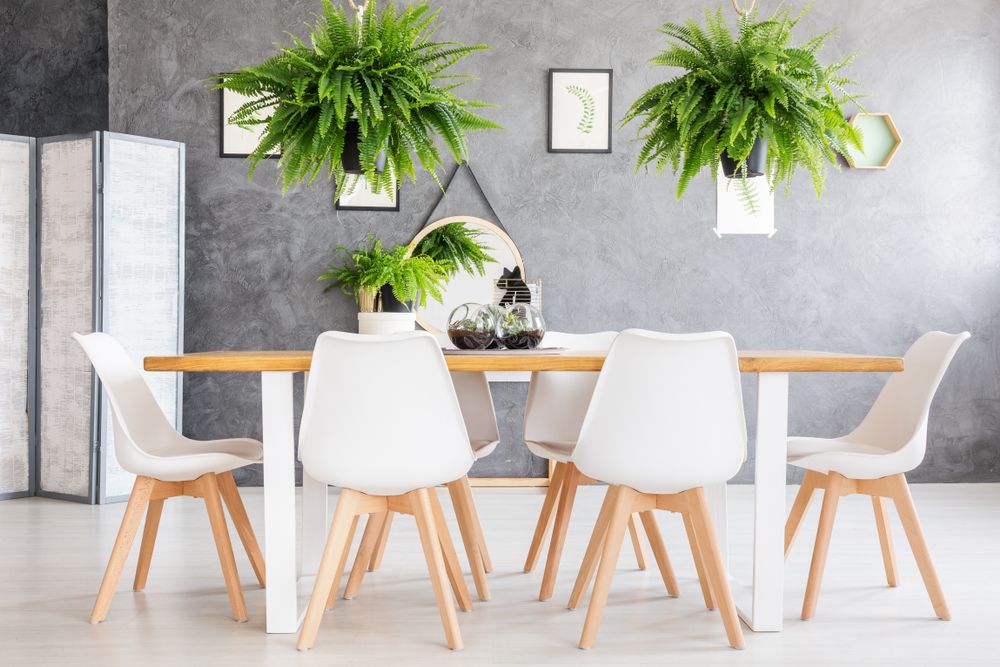
Making your home eco-friendly can seem daunting, but it doesn't have to be. By implementing a few easy changes in your home, you can create a positive impact on the environment. In this post, we discuss some of the best ways to create an eco-friendly home.
What is the difference between sustainable and eco-friendly?
10 Ways to Make Your Home More Eco-Friendly
What is the difference between sustainable and eco-friendly?
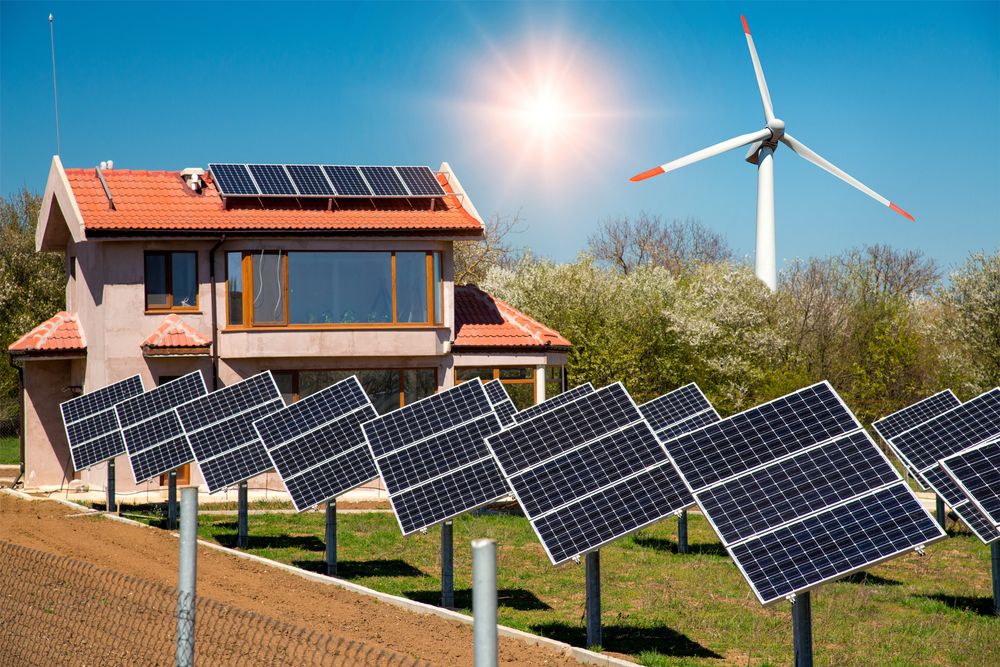
Sustainable implies that a product or practice can be sustained for an extended time. So, sustainable living would be a lifestyle that you could maintain long-term without damaging the environment. A sustainable home refers to the physical shell of the house and its constriction. It can be built or retrofitted using human resources, building materials, energy and water efficiently.
When building a sustainable home from the ground up, you can design it with the environment in mind. You can also use sustainable materials and finishes. Many builders, architects and interior designers specialize in green architecture.
Eco-friendly refers to products or practices that are good for the environment. Making your home more eco-friendly is a great way to live a more sustainable lifestyle. Eco-friendly products are those that have minimal impact on the environment. You can make many small changes that add up to a big difference.
What is an eco-friendly home?
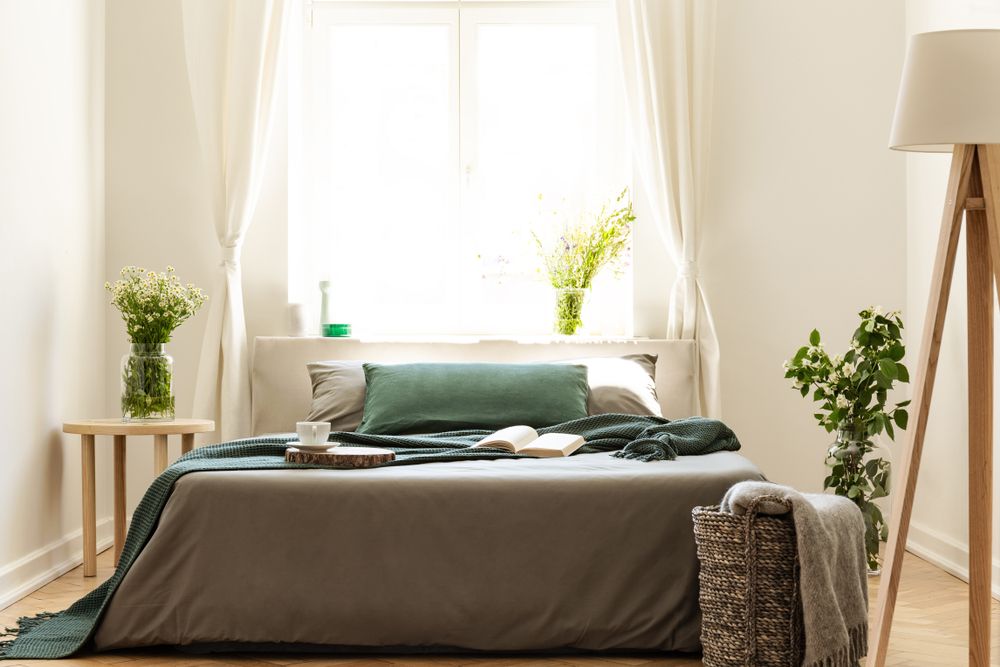
An eco-friendly home strives to reduce its impact on the environment by using renewable resources and reducing energy consumption and waste. You can build an eco-friendly home or retrofit an existing one to make it more environmentally friendly.
There are many benefits to making your home eco-friendly. Reducing your energy consumption will save you money on your utility bills. Additionally, using renewable resources will help reduce your carbon footprint. And finally, by reducing waste, you will help preserve our planet's limited resources.
10 Ways to Make Your Home More Eco-Friendly
There are many ways to create a more eco-friendly home. Here are some of the best ways to get started.
Swap your lightbulbs
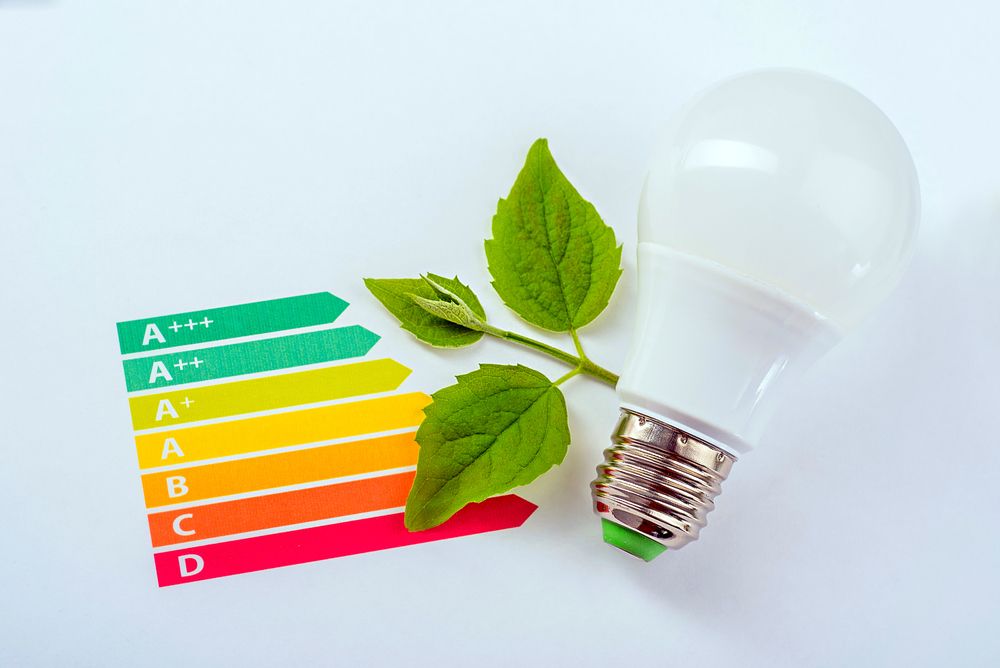
One of the easiest ways to make your home more eco-friendly is to swap your old lightbulbs for energy-efficient ones. The traditional incandescent light bulbs use more energy and generate more carob dioxide emissions, making them very inefficient. Replacing them with LED bulbs will save you money on your electricity bill and help reduce your carbon footprint.
Use smart and efficient appliances
The appliances you use in your home perform many functions and can use up a lot of energy. Everything from dishwashers, ovens, microwaves and stoves to washing machines, dryers and air conditioners can eat up a lot of electricity and negatively impact your budget.
Many new appliances are now designed to be more energy-efficient than traditional models. This means they will use less electricity and water, leave a lower carbon footprint, and save money on your utility bills. For example, if you run your air conditioner for most of the summer, you might want to consider replacing it with a newer, more efficient one.
Reduce water waste

There are several ways to stop water waste in your home. Installing a low-flow toilet is an effective way to decrease your water use. Low-flow toilets use less water per flush which is especially important in homes with large families.
Similarly, eco-friendly faucets and showerheads are more efficient in water usage. Changing them for more efficient models can save water and positively impact your water bill.
Another way to conserve water is to turn the tap off between brushing and rinsing your mouth. Switching to a cold water detergent and doing your laundry in cold or warm water can also reduce water usage.
You can also save water waste outside by installing a rainwater harvesting system that collects rainwater and stores it for later use. Later, you can use this water to water your plants or wash your car.
Get smart with your thermostat
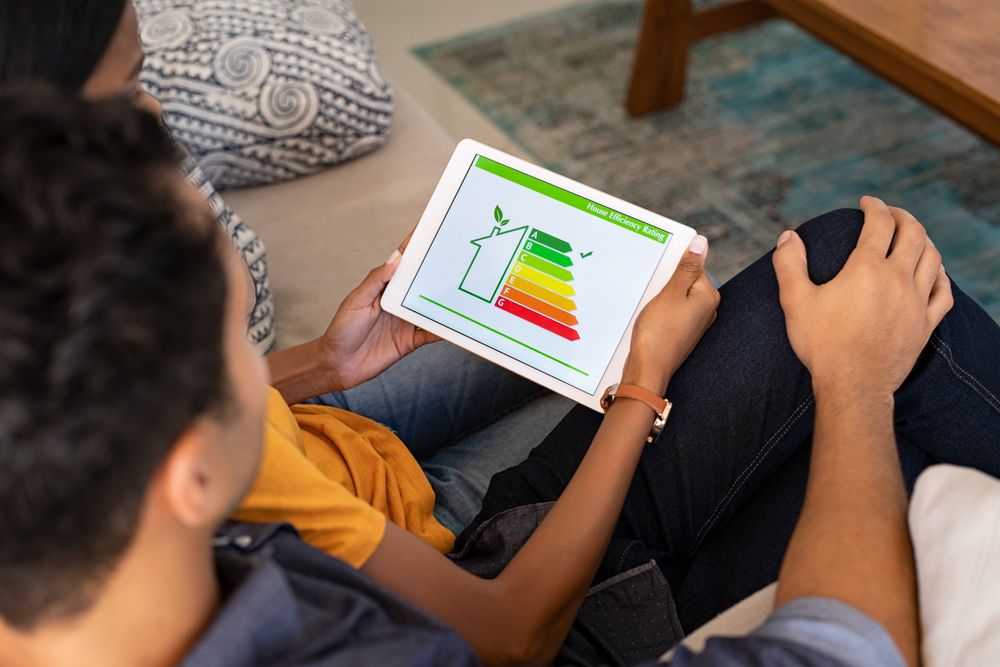
Installing a smart thermostat is another great way to save energy and cut costs. Most thermostats have an energy-saving setting to help you regulate the temperature in your home. With a programmable thermostat, you monitor your cooling and heating consumption. Changing settings for when you’re away from home, adjusting the temperature based on the weather outside and using smart settings to regulate temperature has never been easier.
Replace old windows and coverings
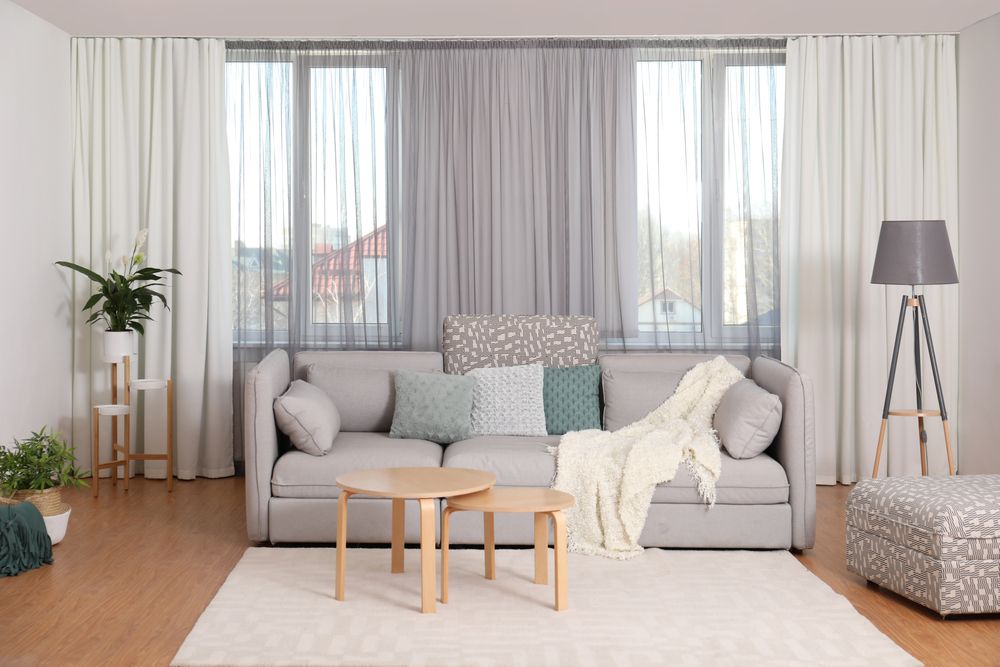
Old windows can be a significant source of heat loss in your home. Replacing them with energy-efficient models will help keep your home warmer in the winter and cooler in the summer, saving you money on your heating and cooling costs.
Energy-efficient windows are double-paned, meaning that they keep cold air in winter and heat out in the summer. This translates into a lower cost of heating and cooling your home. Energy-efficient windows also use a low-emission coating which reduces UV damage to your furniture, floors and carpets.
Blinds, curtains and roller shades are also a great way to keep cold and heat out of your home. Choose natural textiles and products without harmful chemicals to spruce up your decor and create a more eco-friendly home.
Clean with natural and biodegradable products

Using eco-friendly and green cleaning products is also a great way of reducing your impact on the environment. These products are made from natural ingredients and are better for your health and the environment.
Make sure you read the labels closely and look for non-toxic, biodegradable products in recyclable containers. You can find them at your local grocery store or online. You can also create cleaning solutions using natural ingredients like vinegar, baking soda and lemon juice.
Change your habits

Adding a water filter is a quick and easy way to drink water without buying plastic bottles. Using a water filter saves you time and money and reduces waste. Water filters come in various applications, making them easy to incorporate into your home. You can opt for an under the sink or a faucet filer, a pitcher filter that can go in your fringe or a more extensive water filtration system for the whole house.
You can also help the environment by reducing the amount of waste you produce. One way to do this is to recycle paper, plastic, glass and metal items instead of sending them to the landfill. Try to compost your food scraps and yard waste. This is a great way to reduce your carbon footprint as it helps to sequester carbon dioxide from the atmosphere.
If your local municipality doesn’t collect compost, consider adding one to your home. You can use your leftovers to make fertilizer for your plants. There are many types of composting bins out there that make this easy, tidy and odor-free.
Install solar panels
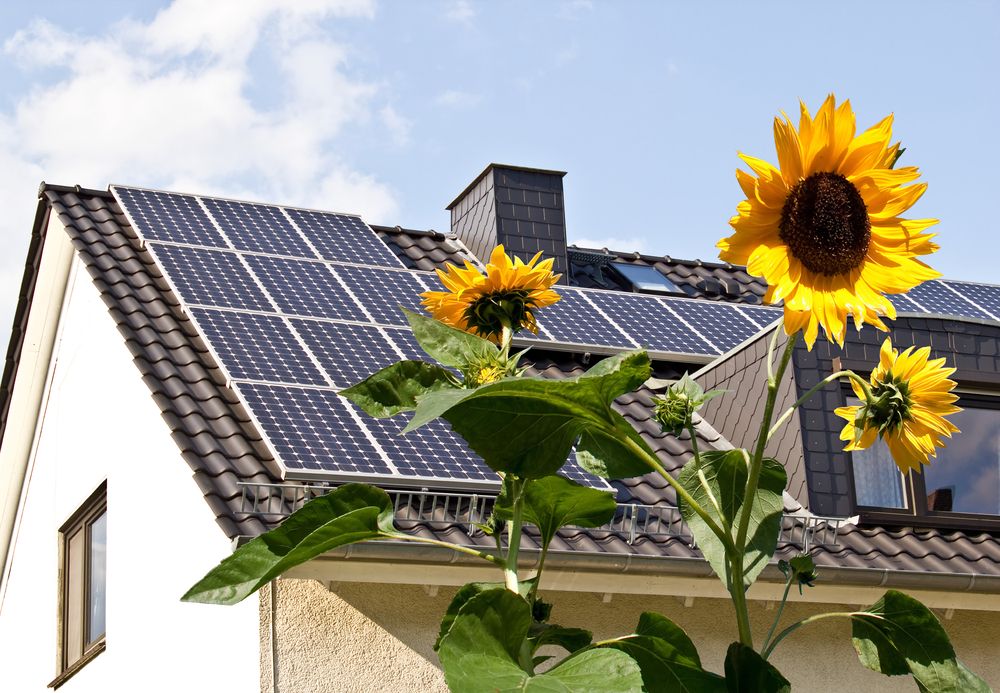
Consider installing solar panels if you have space available on your property or roof. They are a great way to reduce your energy consumption as they can generate electricity or heat water for your home. Solar panels are an excellent long-term investment and can help you save money on your energy costs.
Upcycle and shop vintage
Before buying any new items, take an inventory of your furnishings. Repurposing items and buying used furniture and accessories are great ways to reduce waste. A simple coat of varnish, paint or new upholstery can often breathe new life into tired and worn-out furniture.
Add greenery inside your home
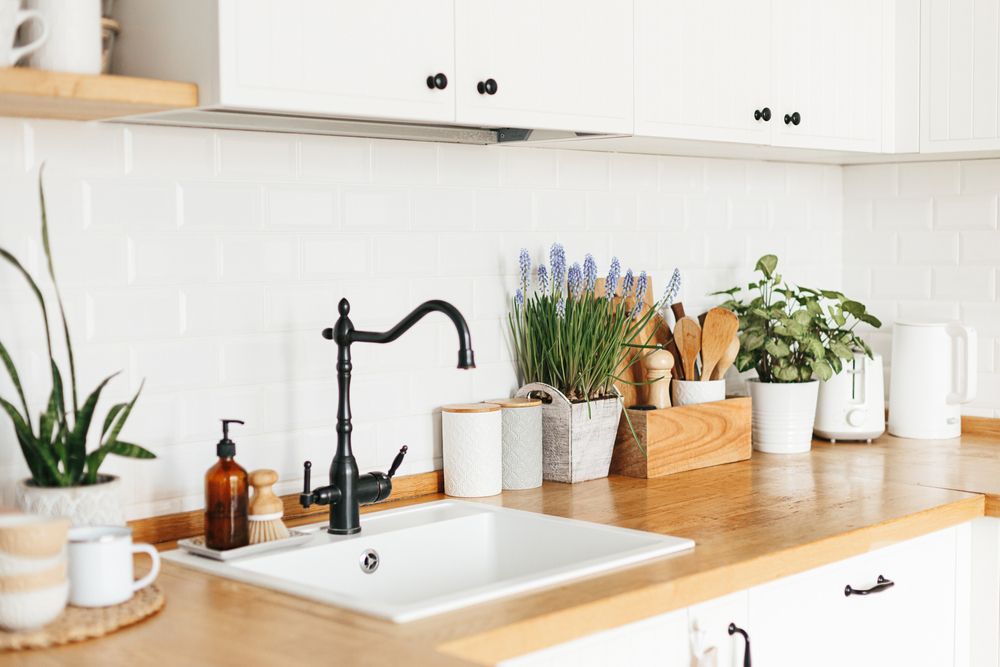
Plants are a great way to breathe fresh air into your home. As plants convert carbon dioxide into oxygen, they act as natural purifiers. Adding plants and herbs helps bring the outdoors inside, which is especially important for homes without outdoor space. Herbs are a great way to brighten up your home, and you'll have fresh herbs to use in your favorite dishes.
Making your home more eco-friendly doesn't have to be complicated. By making small changes, you can significantly impact the environment. Try implementing some of the tips we discussed in this post and see how easy it is to go green. You'll be surprised at how much of a difference you can make.
